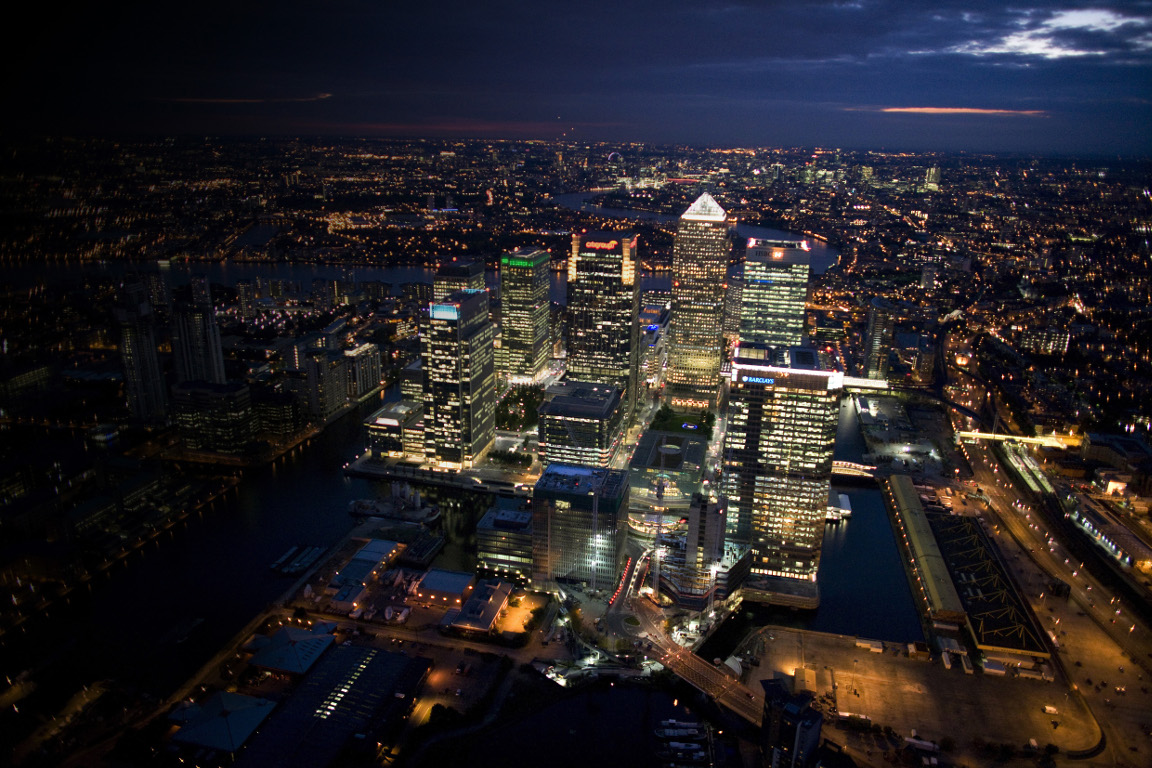Facts and figures
The extraordinary effect of the few:
Just 10 threats account for 91% of the Total GDP@Risk.
Humans harm themselves:
Nearly half of the Total GDP@Risk is linked to Manmade threats, including Market crash, Cyber attack, Power outage and Nuclear accident.
Cities with high asset values are the most financially exposed in absolute terms:
Taipei, Tokyo, Seoul, New York, Hong Kong, Shanghai and London, have significant levels of economic exposure to catastrophic events.
The true cost of globalisation:
In an increasingly interconnected and technologically dependent world, four Emerging threats – Cyber attack, Human pandemic, Plant epidemic and Solar storm – account for more than one fifth of the Total GDP@Risk.
Market crash puts the most GDP@Risk globally:
It represents nearly a quarter of all cities’ potential losses.
Emerging economies have the most to lose:
Lloyd’s City Risk Index 2015-2025 shows that, collectively, 71.47% of the Total GDP@Risk is carried by cities in emerging economies.
Exposure to a single natural catastrophe often accounts for high levels of GDP@Risk in cities in emerging economies:
Earthquake risk alone represents more than 50% of the Total GDP@Risk in both Lima and Tehran.
GDP in developed cities is most at risk from multiple and often Manmade threats:
Combined exposure to Market crash, Oil price shock and Cyber attack represents more than 60% of the Total GDP@Risk in both New York and Paris.








